
How to train your dog to bring you the leash?
There’s something satisfying about watching your dog dash over, drop their leash at your feet, and wait proudly—like they just solved a big puzzle.
There’s no one-size-fits-all answer to what makes the best dog training, but most experts agree that methods built on positive reinforcement tend to yield the most lasting results. This approach focuses on rewarding good behavior—whether with treats, praise, or play—rather than punishing mistakes, which helps build trust between you and your pet. It works for puppies just learning the ropes and adult dogs picking up new skills, adapting easily to different personalities and breeds. Of course, any training plan should align with local regulations; some areas restrict certain tools, so always check what’s allowed in your community before starting.
Dogs thrive on consistency, so the best training routines weave lessons into daily life. A five-minute session during morning coffee or a quick review before walks can be more effective than occasional marathon sessions. Focus on clear, simple commands—sit, stay, come—that not only make daily interactions smoother but also keep your dog safe in public spaces. Many regions require basic obedience in shared areas, so mastering these skills isn’t just about good behavior; it’s about being a responsible neighbor too.
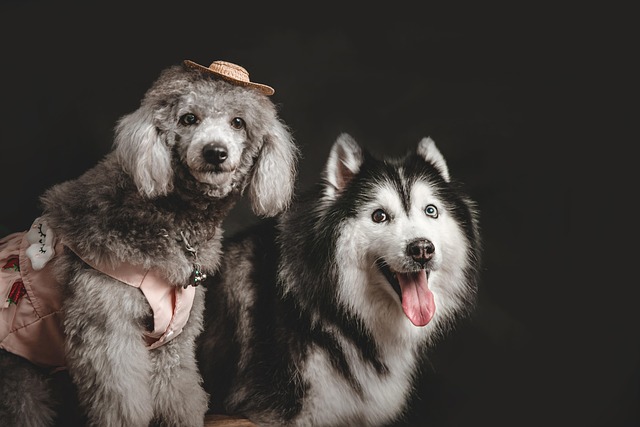 Understanding your dog’s unique needs plays a big role. High-energy breeds might respond better to training mixed with physical activity, while more timid dogs may need slower pacing with extra encouragement. Socialization is another key piece—exposing puppies to different people, animals, and environments early helps prevent fear-based behavior later, which matters in communities where dogs often interact in parks or on sidewalks. This kind of training doesn’t just teach manners; it builds confidence, making outings to the store or vet less stressful for everyone.
Understanding your dog’s unique needs plays a big role. High-energy breeds might respond better to training mixed with physical activity, while more timid dogs may need slower pacing with extra encouragement. Socialization is another key piece—exposing puppies to different people, animals, and environments early helps prevent fear-based behavior later, which matters in communities where dogs often interact in parks or on sidewalks. This kind of training doesn’t just teach manners; it builds confidence, making outings to the store or vet less stressful for everyone.
Tools matter less than technique. While harnesses and clickers can aid training, they’re no substitute for patience. Avoid anything that causes distress, as negative experiences can lead to aggression or anxiety—something local animal welfare laws often address. Instead, focus on what motivates your dog: a favorite toy might work better than treats for some, while others light up at verbal praise. Tailoring rewards to their preferences makes training feel like a game rather than a chore.
The most successful training also accounts for real-world scenarios. If you live in an apartment, mastering “quiet” commands can prevent noise complaints. For those with yards, teaching boundary respect keeps dogs from wandering into restricted areas. Whatever your setup, linking training to daily routines—like waiting at doors or walking calmly on a leash—turns lessons into habits that stick.
The best training isn’t about perfection; it’s about progress. It adapts to your dog’s personality, fits your lifestyle, and honors the rules of the community you share. With time, kindness, and regular practice, you’ll build a relationship where your dog wants to learn—and that’s the true measure of success.

There’s something satisfying about watching your dog dash over, drop their leash at your feet, and wait proudly—like they just solved a big puzzle.
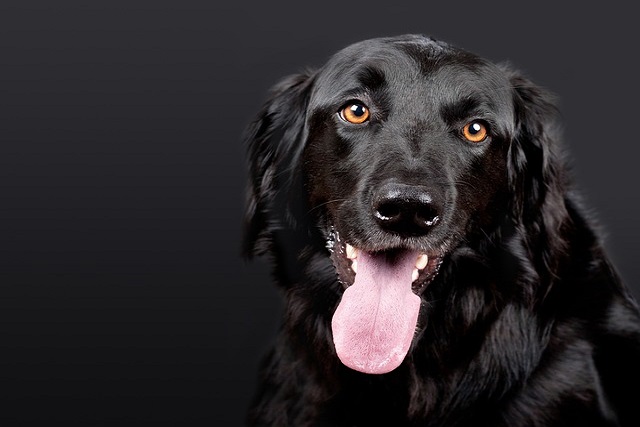
Okay, let's talk about those adorable little land sharks living in your home. You reach down to pet them, they latch onto your hand. You wiggle a toy, they miss and grab your sleeve instead.
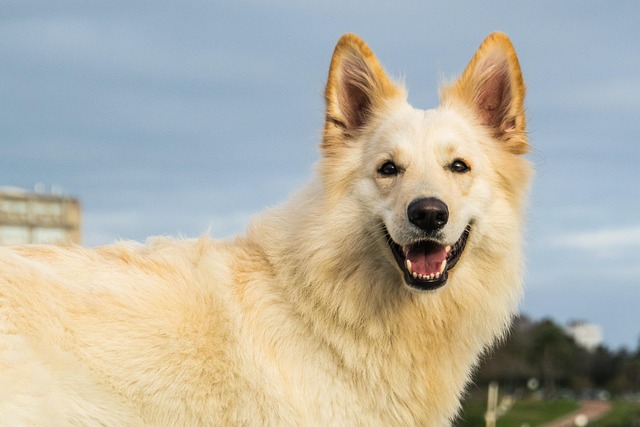
If you’ve ever watched a dog trainer work magic—getting a hyper pup to sit calmly or a shy rescue to walk confidently—you might’ve wondered: What’s in those little treats they’re using?

Labradors are bundles of energy,and that enthusiasm often kicks into high gear the second you grab the leash.
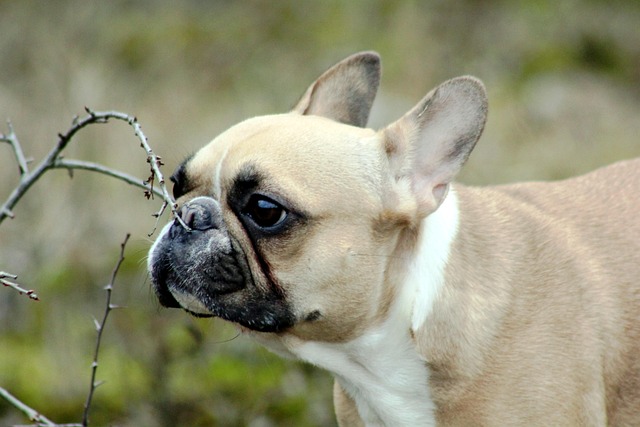
Teaching a dog to sit forms the foundation of good behavior, creating moments of calm in busy households and public spaces alike.
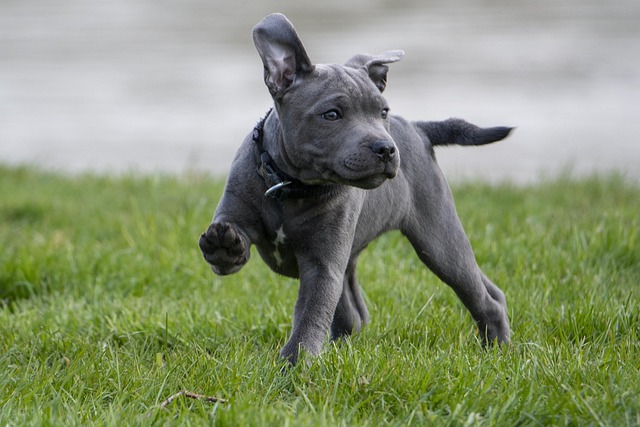
Dog aggression toward owners can show up in many ways—low growls when you reach for their bowl,snapping during grooming,or stiffening up before a nip.It's scary,but it almost always stems from fear,confusion,or feeling threatened,not malice.